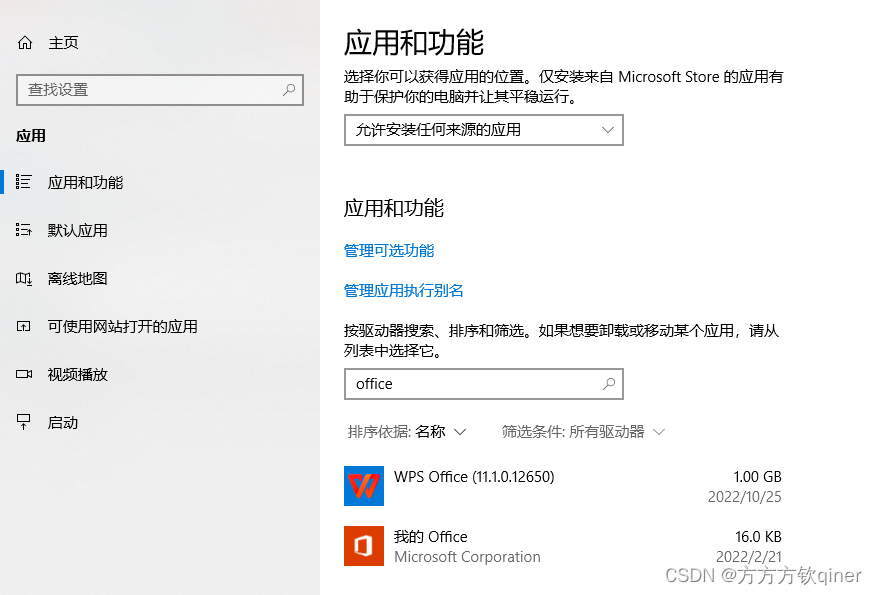没卸载干净的方方格子,简直就是噩梦,一旦打开excel,就无限弹出报错框

一、正常卸载
控制面板和360卫士的常规卸载,对该同志,无一生效。
二、删除剩党
不出意外的出意外,依旧报错

三、终极方法
从配置项中搜索office,删除带有“tool”的软件,终于清静了


没卸载干净的方方格子,简直就是噩梦,一旦打开excel,就无限弹出报错框

一、正常卸载
控制面板和360卫士的常规卸载,对该同志,无一生效。
二、删除剩党
不出意外的出意外,依旧报错

三、终极方法
从配置项中搜索office,删除带有“tool”的软件,终于清静了


 414
414
 5971
5971











 被折叠的 条评论
为什么被折叠?
被折叠的 条评论
为什么被折叠?


